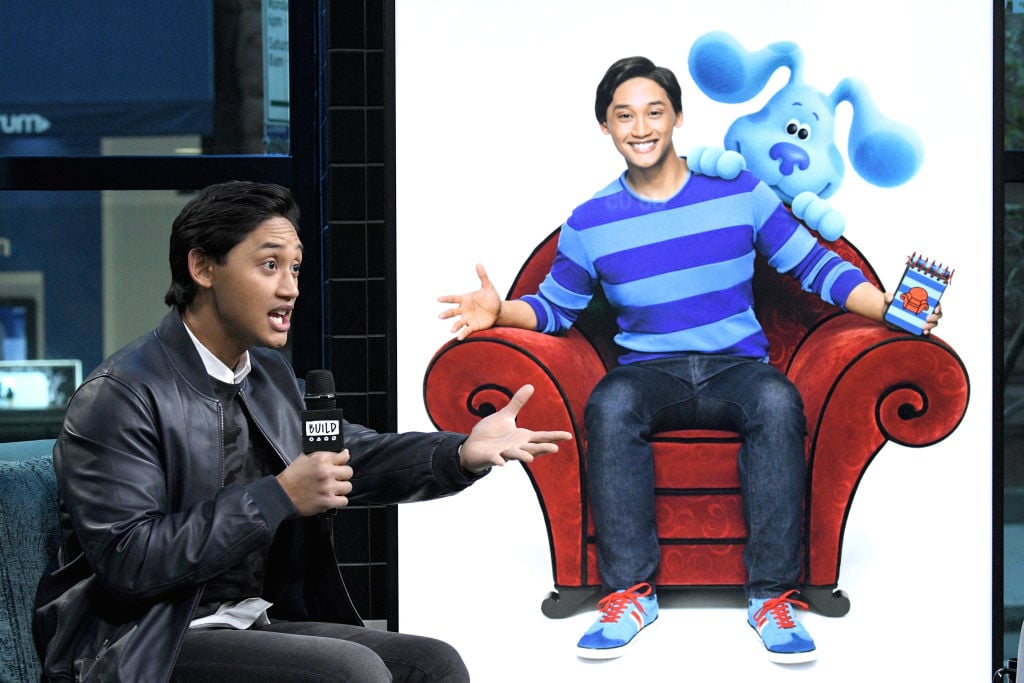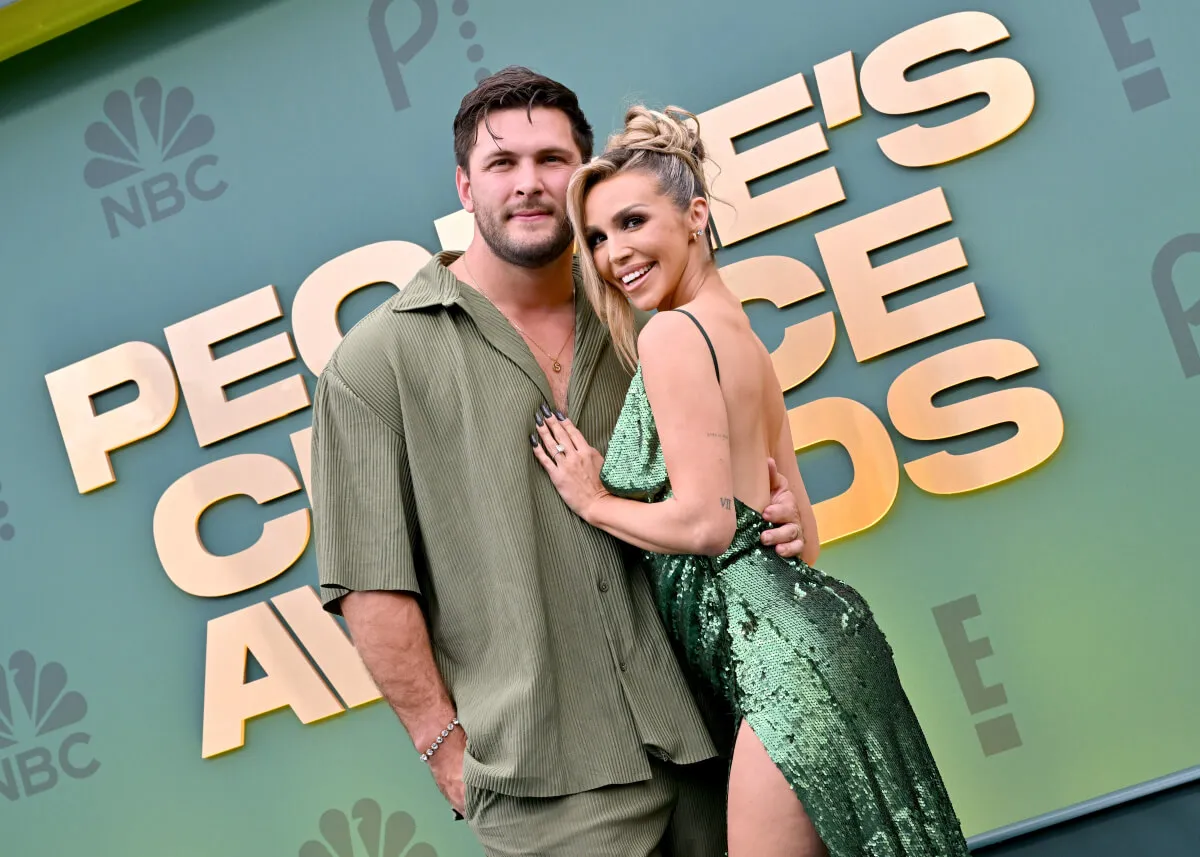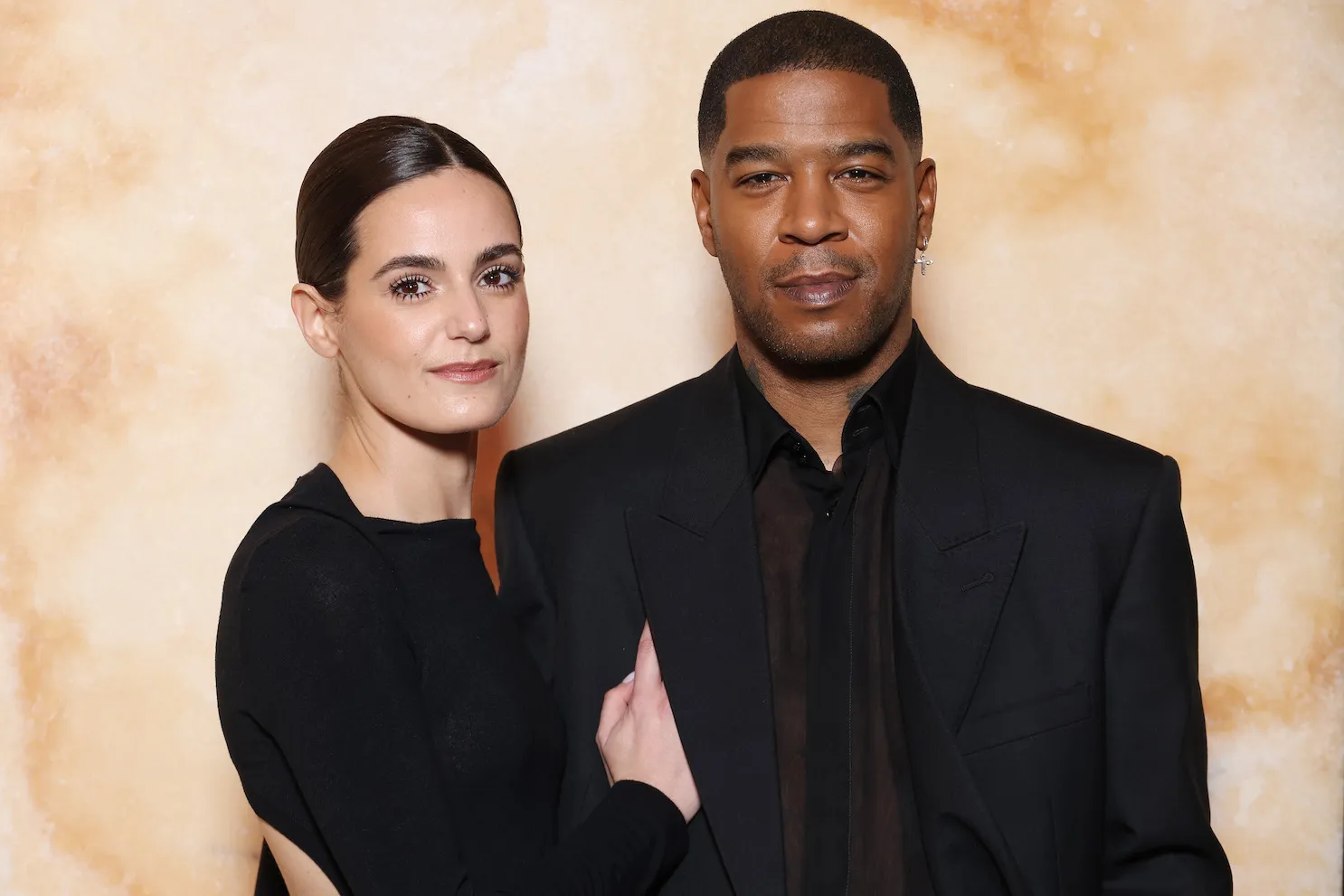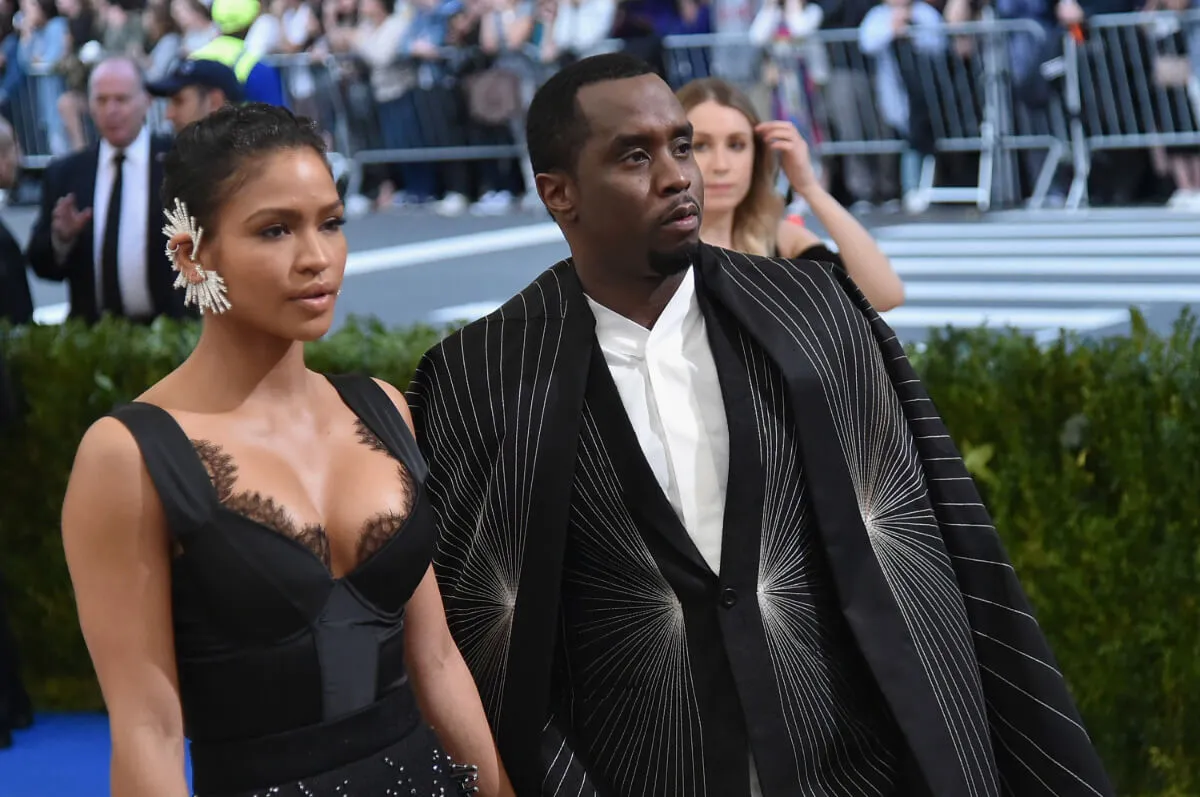‘Blue’s Clues & You’ Host Joshua Dela Cruz Breaks Barriers as Asian-American Children’s Television Show Host
Actor Joshua Dela Cruz is bringing a fresh, new perspective to television as the first Asian-American host of Blue’s Clues & You.
Dela Cruz became the host of the groundbreaking, updated Nickelodeon series, Blue’s Clues & You in 2019. Launched in 1996, Blue’s Clues is an exploratory series that allows the host to examine life through the lens of his dog Blue. The series weaves live action with interactive cartoons as worlds collide during the host’s busy day. The mailbox sings, salt and pepper shakers dance and a “handy dandy notebook” helps the Blue and the host uncover the “clues” during the day.

The series has featured two other hosts. Steve Burns was the original host. Then, actor Donovan Patton took on the role of Joe. The show wrapped in 2007 but is now being rebooted with Dela Cruz as the show’s lead. Burns and Patton will also return. But Cruz shared that the show will be updated to reflect the current cultural vibe.
Why did it take so long to see an Asian-American as a children’s show host?
Children’s programming dawned with shows like Howdy Doody, followed by series like Romper Room, Bozo the Clown and a slew of animated shows. Nearly every series lacked diversity until Sesame Street arrived in 1969. The cast featured puppets who interacted with the children and adults on the show, which also included several people of color.

But diversity wasn’t as widespread in children’s programming until recently. Dela Cruz says he isn’t sure why it took until 2019 to feature an Asian-American as the host. But he’s thrilled to be paving the way for others. “You know, everything comes at its own time,” he told Showbiz Cheat Sheet. “It’s very funny watching old movies and TV shows and then realizing how it wasn’t diverse at all, outside of even bit parts.”
“It’s very surprising, even today, whenever movies come out and it’s usually just white men,” he continues. “And it’s a little like, you scratch your head and are like, ‘Oh, we’re still doing this.’ But I think a lot has to do with the creative team.”
Creative teams are becoming more diverse
Dela Cruz points out that as creative teams become more diverse, the roles they write are for a wider demographic. He credits creators Angela Santomero and Traci Paige Johnson for their ability to bring more diversity to children’s programming. “Because they’re the ones bringing in the diversity,” he says. “And there are so many diverse actors out there like they don’t even get the opportunity to be looked at.”
“But I think the diversity that’s in the creative team really helps move us forward and move us along,” he continues. “And what more, there’s a lack of good material for people to use. If there’s good material out there, people will stop seeing a Filipino guy or a black woman. And just start seeing an actor. A good actor.”
Dela Cruz is optimistic that programming is trending toward diversity. “Thankfully it is getting better and it is progressing,” he says. “But even before diversity was really a hit, Nickelodeon was really the most diverse channel I had ever seen. As far as cartoons like, Hey, Arnold! was a much closer depiction of what New York City looked like. If you even compare that with a popular television show like Friends, a children’s cartoon show was more diverse than that, which was really important for me growing up to see that. And so I’m just so excited and I’m so honored that I get to be in this role.”
He adds that viewers are going to be treated to some of his culture, which includes introducing a new character. “I get a grandmother,” he shares. “This is very exciting to me because, in the Philippines, they call the grandmother, Lola! So I get a Lola and I get to be able to share a piece of my culture with everyone watching.”


